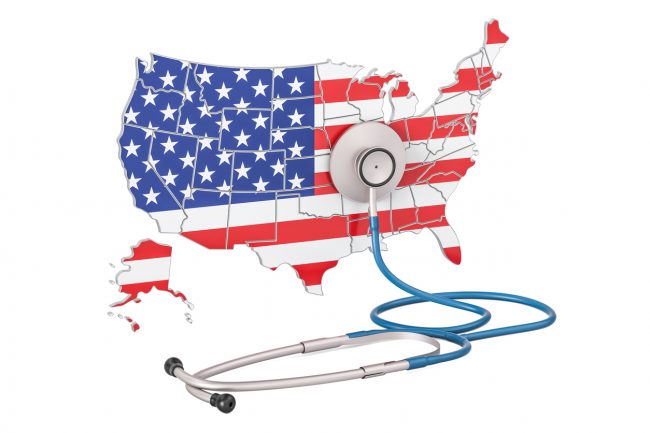Few Employees Get the Most out of Their Health Savings Accounts
While many health benefits advisers have been recommending that employees with health savings accounts use them as savings vehicles that can be tapped for future medical care, a new study finds that most people are spending the bulk of the funds.
The study by Willis Towers Watson found that 65% of workers were using their HSAs to pay for current medical expenses, and only 8% of them used them as savings vehicles for future medical expenses. The rest used their accounts only when necessary, and saved the remainder.
In short, many people are not taking full advantage of these plans. But all is not lost, with our help you can educate your staff who have HSAs on how to get the most out of them and also secure a more secure future for themselves when they will at some point need the money for medical procedures.
The study found that only 45% of employees surveyed had more than $5,000 stashed away in their HSA. So, in essence they are mostly being used as spending accounts.
Additionally, the study found that 45% of employees had chosen not to participate in their employer’s HSA plan.
One issue that’s confronting employees with HSA and 401(k) plans is deciding how much to allocate for each one. The study found that:
- 22% of financially adept employees followed the recommended strategy of maximizing their 401(k) contributions up to their company’s match before contributing to their HSA.
- 25% contributed to their HSA before their 401(k) if the 401(k) didn’t have a matching employer contribution, a strategy also recommended by financial experts.
FSAs also not optimized
Another area where a majority of employees fail to optimize their savings vehicles is flexible spending accounts. FSAs have a “use it or lose it” feature, meaning that most of the funds set aside have to be spent on medical expenses during the year, although a portion can be carried over to the next year.
Still, 32% said they had difficulties in spending all of the money in their FSA in any given year. On the flip side, 48% said they wished they had put more money into the account.
Both FSAs and HSAs are funded with pre-tax dollars from the employees’ salaries.
The takeaway
Willis Towers Watson recommends that employers educate their staff on how to get the most mileage out of their HSAs and provide online tools to help them decide if they should use their HSAs to pay for medical expenses or pay them out of pocket.
These online tools for making “save versus spend” decisions will often be on the HSA account’s portal or website. The tools may include retirement savings calculators and health care price transparency services.
The tools are most valuable as they can quickly help employees make sound and educated decisions. It’s been found in previous studies that one-third of employees access their HSA portals on a regular basis:
- 38% view their account information on a monthly basis
- 33% view their account information on a quarterly basis.










